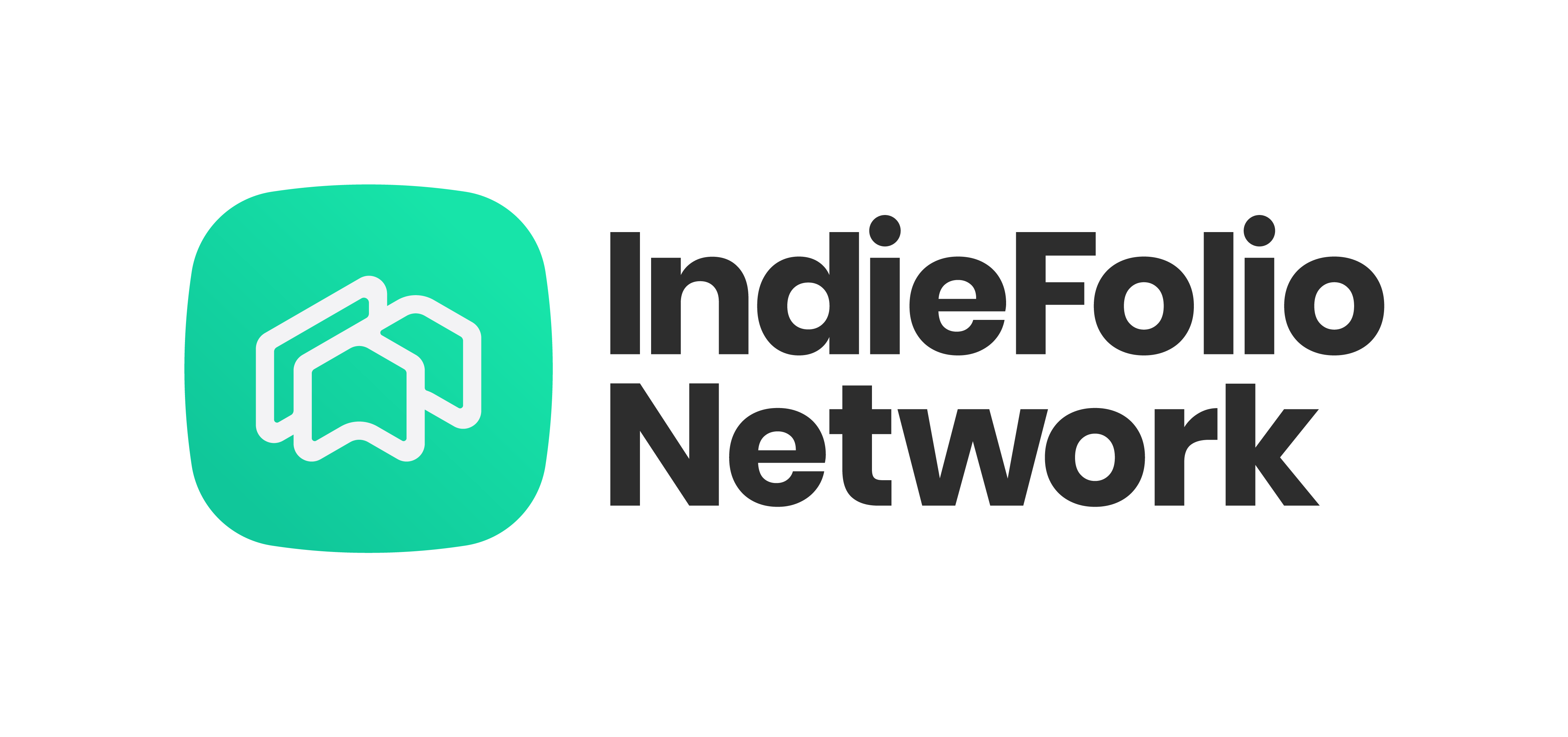Figuring out who’s the right creative professional for your company is a challenge. It requires a rigorous understanding of the work they are expected to do while balancing it the aspirations of the candidates that approach you. Landing the ideal candidate could slip out of your hands if you’re not careful. Now, whether you’re an HR executive or the owner of a small-to-medium enterprise, avoid these common mistakes when hiring creative professionals.
1. Equating Quantity With Quality
Let’s say you have two graphic design candidates; A and B. Each is given a task of making a poster. They’re each given the design guidelines and two hours to make as many posters as they can for the brand. Candidate A has phenomenal speed and hence, creates 5 posters. Candidate B is only 75% done when the deadline hits. The creative director comes to see the results and though he appreciates the 5 posters made by candidate A, he is more impressed by the incomplete poster made by candidate B.
One great piece of work will always be more worth more 5 mediocre pieces.
2. Always Thinking ‘More Experience = More Talent’
This is one of the biggest lies in the creative industry. Experience doesn’t always translate into quality. Often, there are people with a lot of experience who can’t hit the bullseye with their ideas the way a fresher can. On paper, it looks like the experienced candidate should be surely chosen because it’s easier to justify but in truth, you will waste company money and time by hiring a bad resource.
A requirement should be filled based on skill brought to the table rather than experience.
3. Rejecting Candidates Because They Worked In Unrelated Professions
Creative people don’t like to be labelled. Some don’t even like to be labelled as creative. However, what must be remembered is that many creative people also don’t realise their creativity until they are told to work in a creative industry by friends or family. Many times, the variety of their professions gives them more understanding compared to the so-called ‘specialists’.
Appreciate the variety of work experience when you come across these candidates.
4. The Questions You Ask Them Are Not As Important As The Questions They Ask You
Creatives are often hired because of their problem-solving capabilities. If a candidate starts asking you a lot of questions, it’s because they have a natural desire to absorb all the information that allows them to think creatively about a solution. Pay more attention to their questions than their answers.
The things they ask you will be a better way to gauge the suitability of a candidate.
5. Thinking That The Résumé Is The Final Document For Selection
Many candidates in design can make an appealing résumé. Often, they see you as the target audience for their CV so they design what to say to make you happy. However, the résumé is only the tip of the iceberg. It’s the portfolio that makes all the difference so you had better get good at analysing portfolios. Check out the portfolios of creative professionals we have to begin your training.
In the creative industry, the portfolio always matters more than a CV.
6. Keeping Yourself As The Only Evaluator For A Test
When you test a creative candidate, keep in mind that your own education and training is not suitable for judging a creative candidate. Don’t even devise a test which can only be analysed by you. Show the results of your tests to the head of the department you are hiring for or the individuals that the creative individual will be working directly with. Make the decision to hire together.
Evaluate candidates’ results with the people they could be working with.
7. Meeting Goals By Hiring Quickly Instead Of Methodically
We understand that you want to meet your goals for your company. Often, this means hiring a candidate without disclosing all the information they need to know. Or it could mean that you skipped on understanding what kind of human resource is really required for the open position. You may land a candidate but sooner or later, they will learn what you offered isn’t what they wanted.
Filling up positions quickly only a solution in the short term.
8. Not Understanding The Divisions In Skills
Do you know the difference between mainline and digital work? This is an example of a basic question that anybody in the business of hiring creatives should know. Would you send someone who makes a bicycle to make a motorcycle? No, because a different kind of training would be needed to meet expectations. Likewise, within creative fields, there are people who cultivate a certain set of skills and aren’t as multi-skilled as you might assume. E.g. A character artist and a background artist are both capable of creating good resources for an animation house but the skills they have acquired are very different.
It’s necessary to understand and appreciate how unique everybody’s skills so that they fit the profile.
This blog can be addictive. We know you must be craving more so here’s more:






